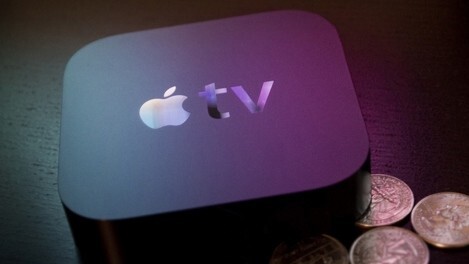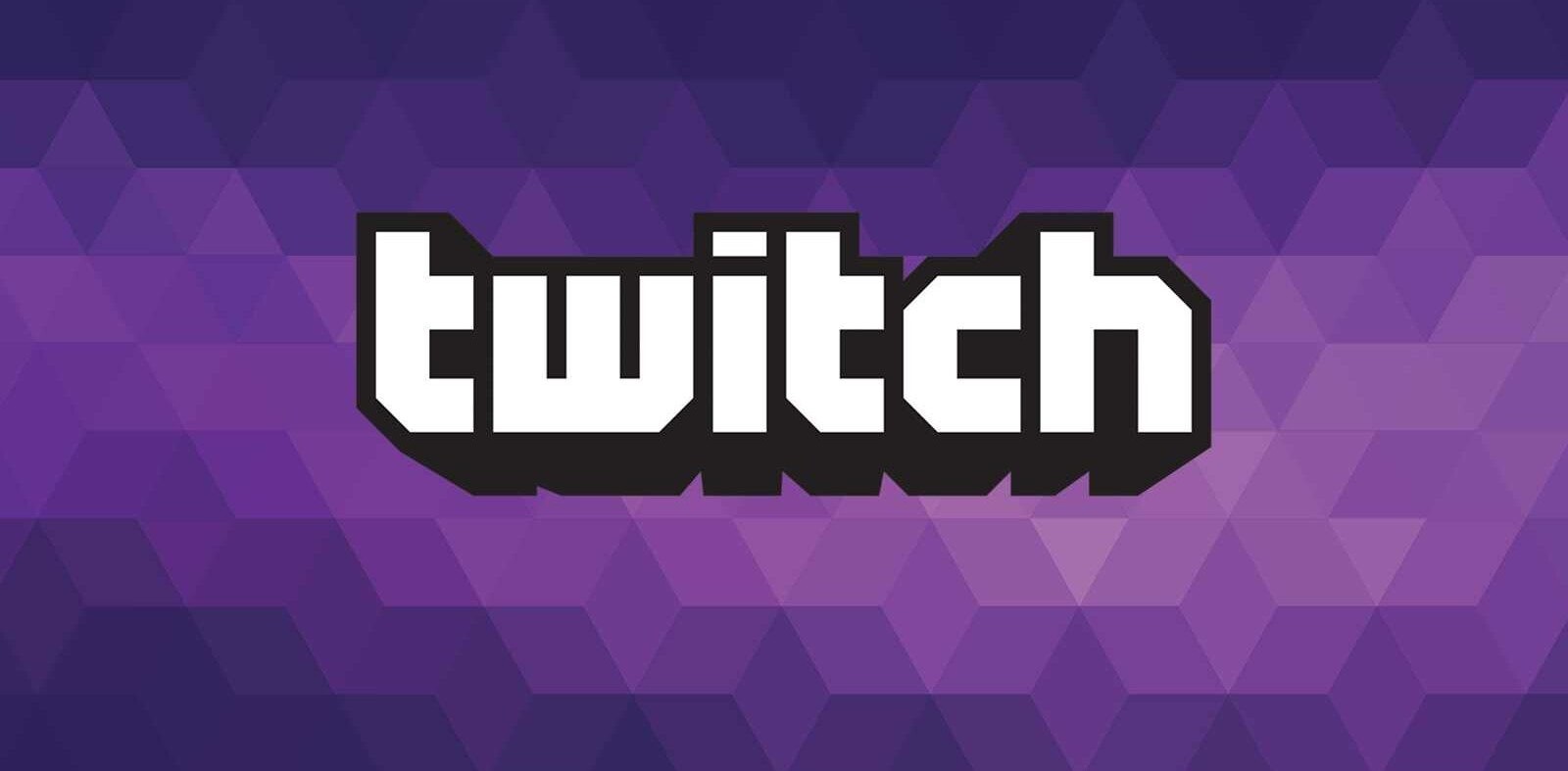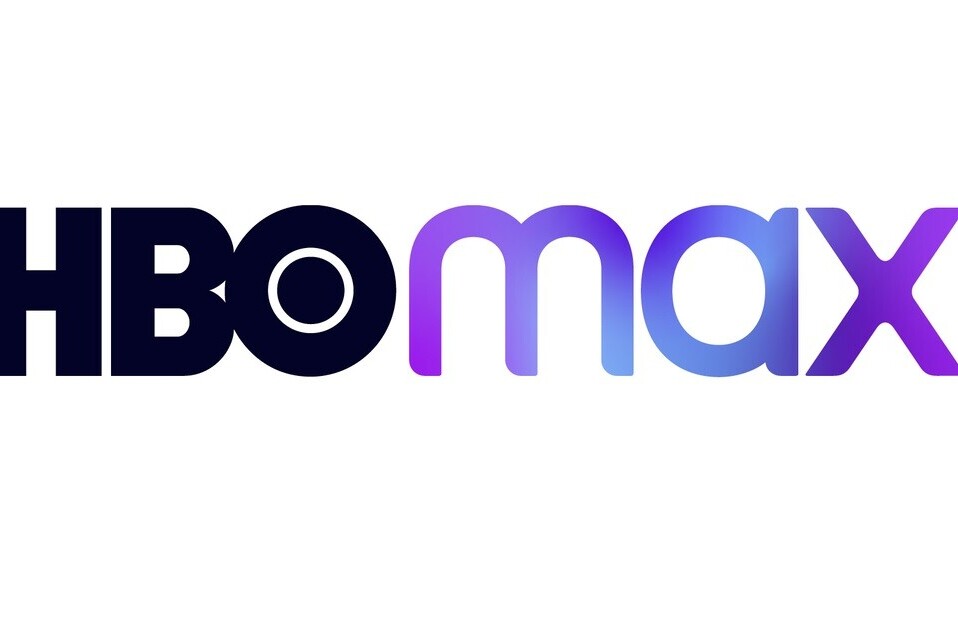
It’s steadily becoming more commonplace to watch TV shows streamed from the Internet on your home TV. Whether it’s via a games console, set-top box or Internet-connected TV, a media server computer, or via other means such as Apple’s AirPlay, the idea that we have to watch shows transmitted via traditional broadcasts is gradually fading away. Are we actually ready for it though?
In the US, Netflix has built up an excellent library of streaming titles, Apple has done the deals to turn its Apple TV box into an appealing proposition and Google TV, while not quite there yet, has at least been an exciting experiment over the past year or so.
Now things are starting to heat up further. Netflix is preparing to launch in the UK and Ireland, and along with its established UK rival, Amazon-owned LoveFilm, has been engaged in a stream of one-upping ‘Look who we just signed a streaming deal with!’ announcements over the past few months. Apple appears to be getting more serious about TV, Google’s giving Google TV another push, and in all, 2012 is shaping up to be the year ‘cord-cutting‘ becomes a serious option for many.
The problem is that your Internet connection might not be quite up to the job. While you may find it perfectly adequate for downloading files and surfing the Web, it may not be quite so reliable when it comes to streaming a two-hour movie in HD without any frustrating ‘buffering’ messages ruining your fun as you get to the good bits. If it’s not a seamless experience, going back to regular TV will quickly seem appealing.
Mundane, but essential, practicalities
Average broadband speeds around the world are supposedly soaring, but there are practical considerations, too. If you’re on an ADSL connection through your phoneline that’s advertised as providing ‘up to 8 megabits per second’, you might actually be getting much lower speeds depending on the distance you are from your telephone exchange and the quality of your equipment. If you’re on a fast fiber-optic cable connection you may think you’re fine, but is that old WiFi router up to the job of streaming high-quality media?
Many of these practical problems can be overcome with money and a bit of planning. Upgrading your broadband package, ensuring you have a good quality router for your WiFi, or even better, using a wired connection to whatever you’re streaming from, will help.
We may see people relocating their master phone sockets to behind their TVs to ensure the fastest connection they can get – you can lose speed if you run a long phone cable around the house. Maybe more people will get wired local area networks for their homes, although doing this properly can be tricky if you’re new to it, and if you’re in a rented property, the landlord might not be keen.
These might seem like trifling concerns to some, but they’re likely to become very real problems for many as the temptations of streaming media become greater this year.
Get the TNW newsletter
Get the most important tech news in your inbox each week.





